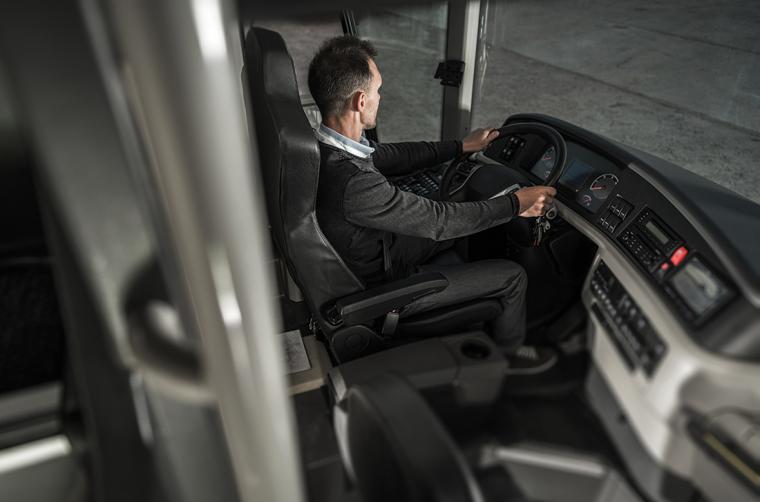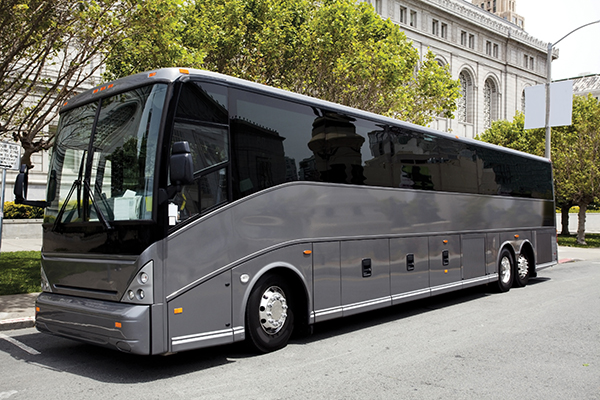
Pent-up demand has fueled a surge in travel and buses are back on the road, taking teams to tournaments (and, we hope, to victories). There are, however, a few changes for event owners and team managers to be aware of, and those could affect plans for travel.
The first thing to note is that, like everything, the cost of traveling by charter bus has inched up. This is the result of several factors:
Driver Shortages: The pandemic changed transportation. Many drivers chose to retire, and others moved toward different disciplines, rather than staying idle. Some began driving goods, rather than people, for example, making them essential workers and keeping them employed. Now that charter bus travel is back, there are fewer drivers, which has meant that companies are paying their employees more – an incentive to not just take a position but keep it.
Fuel Prices: If you drive a car, you’re aware that it costs more to buy gas than it did previously. And while prices have moderated some, they’re still higher than they were.
Insurance Rates: Insurance, required of every commercial vehicle, has gone up. (Even private car insurance has increased, so this is not exactly a surprise). Most buses carry a standard $5 million policy as mandated by the Department of Transportation.
Maintenance: There has been an increase in the cost of parts and labor to keep buses on the road and safely moving back and forth. Yes, it is an expense, but it is most definitely worth it.
The good news, though, is that bus travel is still less expensive and less complicated than flying. It allows teams to travel together and gives managers the peace of mind of knowing they’ll all arrive at the destination at the same time.
For those who are new to the landscape of sports travel, here are a few things to know when you’re making arrangements.
Getting the Right Vehicle for the Job

Larger buses, known as coaches, can accommodate 50 to 55 passengers. Many have power outlets so that passengers can plug in their phones, tablets and other devices; however, not all will have this, so if this is important to you or your team members, be sure to ask in advance.
A large coach can hold about 70 average-sized bags – or an equivalent combination of bags and sports equipment. As a rule of thumb, most athletes will travel with one to two bags, plus sports equipment. Be sure you talk to the bus company about exactly what your athletes are carrying, since bags containing ski equipment, football equipment (including helmets, shoulder and body pads), golf clubs or anything else will take up quite a bit of space. This absolutely will affect the type of vehicle you need and subsequently, will impact your bottom line.
Large vehicles are a bigger investment, but they are far more practical than smaller vehicles. Sometimes, we’ll see a coach, team manager, parent or someone else try to book a shuttle or minibus because it looks like a better deal. Word of warning: it’s not a better deal if you don’t have adequate luggage space – and depending on your sport and the duration of your trip, that smaller vehicle may not be suitable at all. Remember too, those small vehicles do not have restrooms – and if you have a long trip ahead of you, that will be a source of complaints.
Appropriate Planning for Travel
A driver can put in 10 hours of straight drive time, and then he or she must be able to go off-duty for the day. With the advent of the e-log (a means for the motor coach company to track how long a driver is on the road), extra accountability and safety measures are in place. Know in advance the distance you plan to travel, and plan appropriately. If overnight stays need to be built in, make those plans now. (Note: If an overnight stay is required, the client is responsible for paying for a room for the bus driver as well).
Finding the Best Company
Put in the time to ask important questions, rather than picking a coach company at random from the Internet. Any web search will bring up a vast number of coach companies boasting toll-free numbers and online ways to get a quote immediately. Remember that any price you’re quoted at first may vary a bit from what you actually pay, due to availability and fluctuations in the cost of fuel; this happens often and is not a sneaky move on the part of the coach company. However, if you are concerned about cost variance, ask in advance whether the price is subject to change – and how much.
Your colleagues in the industry are often the best source you can find when it comes to getting ideas about which company to hire (and which not to hire). The local sports commission where you’re based (if you’re leaving from your hometown) or the sports commission in the city you’ll be traveling to (if you’re going to fly there and will need bus transportation once you’ve landed) can also be an excellent resource.
Here are some additional questions to ask:
Will someone be available 24/7 to answer questions? If the company only has phone coverage between 9 a.m. and 5 p.m. on weekdays, for example, it won’t help you much if the bus breaks down after hours.
What year is the bus we’re going to be using? This is an especially important question. Because motor coaches are so expensive, many see years of service. In fact, in some cases, a 10-year-old bus might be considered one of the newer models. You may want to specify that you want something built within the last five years if you want something very new (by bus industry standards). Be aware, though, that the newer equipment costs more, especially in peak travel season.
Is a tip for the driver included in the price being quoted? Our company makes it a policy to include a small gratuity in the estimate; however, we also encourage people to tip the driver extra if they are impressed with his/her service.
What about fuel costs and tolls? That’s generally included in the price, at least where we’re concerned, but again, it’s essential to ask.
Do we pay for the driver’s meals and hotel room? This will vary according to the bus company you are using and the type of trip you are taking. For over the road trips that have multi-state tours, in addition to paying for a driver’s hotel room, it’s common for the client to pick up the expense of the driver’s meals.
How far in advance should we reserve? We can’t say this enough: book as soon as possible. There is no such thing as too much advance notice because bus companies receive multiple requests, particularly in high season.
Something to remember as well: if you will need a bus that is ADA-accessible, ask even further in advance. Also, even those wheelchair-accessible coaches have only two wheelchair spaces on the entire vehicle.
Travel has not only returned to normal, but it’s also booming; in fact, it’s even higher than pre-pandemic levels. 2020 and 2021 are in the rear-view mirror and the road ahead looks good. SDM

